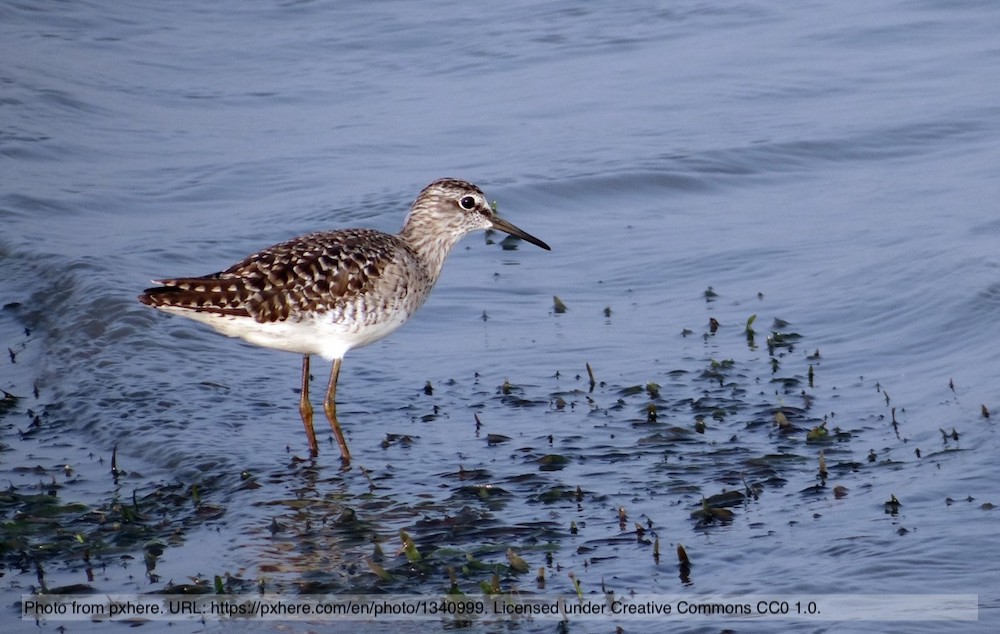Kraftig minskning av vadare i inre Götaland de senaste 50 åren
DOI:
https://doi.org/10.34080/os.v28.19530Abstract
The number of territories of waders were counted in an area of 460 km2 around 56°37'N; 14°20'E. The most important breeding sites for waders were closely monitored in several years, 1969–1981 and again 2015–2018. Most species declined strongly, with the exception of Charadrius dubius which colonized exploited peat bogs without vegetation and open man-made gravel surfaces. Some mires were drained in the first study period, which can explain up to 20% of recorded population declines of some species (Pluvialis apricaria, Numenius arquata, Tringa glareola). Other likely causes are earlier hay harvest and with different methods. Abandonment of cattle grazing of pastures on many small farms also occurred between the study periods. Several wader species forage on wet pastures. Predation on small young of waders may have increased. The crane Grus grus has increased dramatically in the study area and small young of waders most likely is part of the food of cranes. Changes at foraging sites during migration and in winter may be contributing causes of wader declines as well as climate change.
Nedladdningar

Downloads
Publicerad
Referera så här
Nummer
Sektion
Licens
Författaren/författarna innehar copyright för varje enskilt bidrag, men samtliga bidrag är publicerade under en Creative Commons-licens, så att vem som helst kan dela och återanvända bidraget förutsatt att copyright-innehavaren erkänns.







